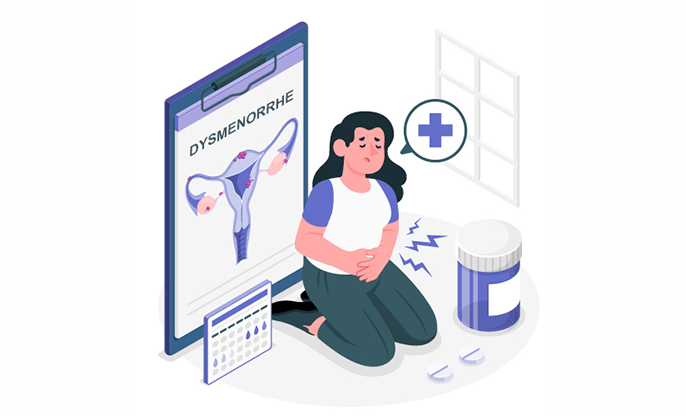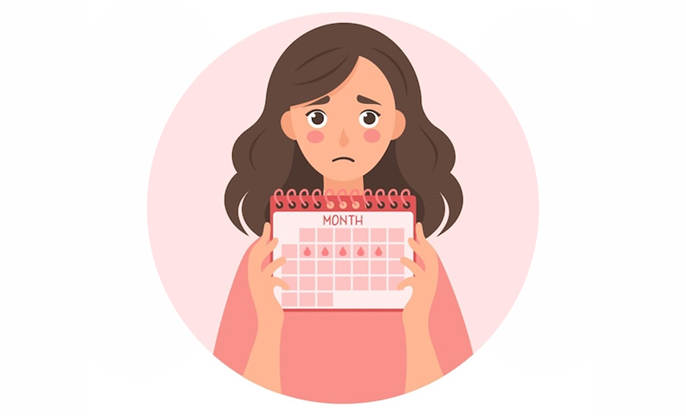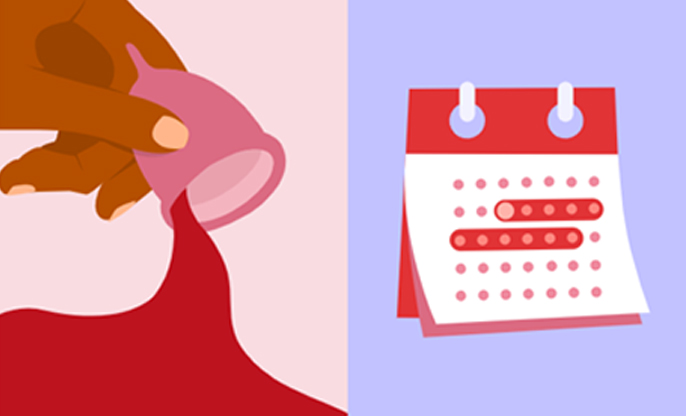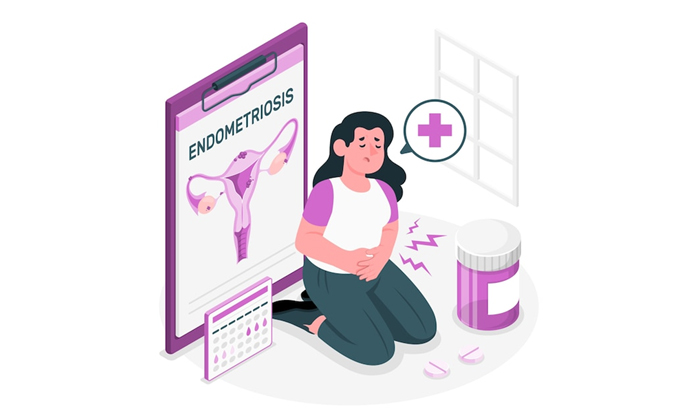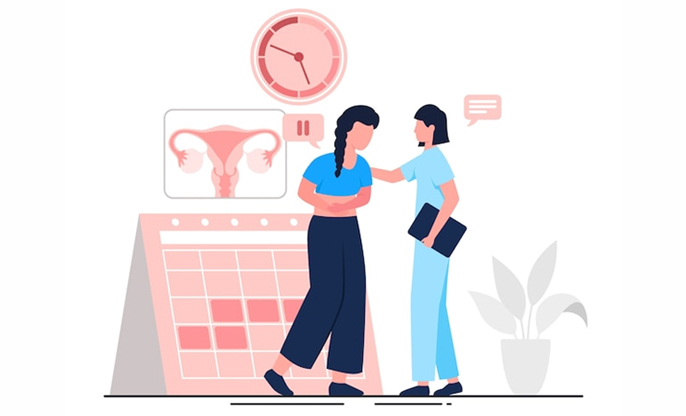
Many of us find the days leading up to our period tough, dealing with symptoms that can range from uncomfortable to downright debilitating. By getting to know the nuances of Premenstrual Syndrome (PMS) and Premenstrual Dysphoric Disorder (PMDD), you can start to manage these symptoms better and recognize when you might need some extra help.
What's Going On
with PMS?
Premenstrual Syndrome (PMS) affects so many of us,
bringing a mix of emotional, physical, and behavioral symptoms in the week or
two before our period starts. These usually ease up once menstruation begins.
You might notice:
● Emotional and behavioral changes: mood
swings, irritability, feeling anxious or down, and sleep changes.
● Physical discomforts: bloating, breast tenderness, headaches, and feeling really tired.
And What About
PMDD?
Premenstrual Dysphoric Disorder (PMDD) is like PMS's
tougher, more intense cousin, impacting about 3-8% of us during our
reproductive years. It's serious enough to often need medical attention because
it can really disrupt your life.
Symptoms can include:
● Deep emotional distress: severe
depression, feeling hopeless, extreme anxiety, and mood shifts that can leave
you feeling suddenly sad or tearful.
● Behavioral issues: ongoing
irritability, conflicts, or anger that’s harder to manage.
● Physical signs: heart
palpitations, joint or muscle pain, headaches, and even weight gain.
● Changes in daily life: losing interest in what you usually enjoy, trouble concentrating, and sleep problems.
How Can We Manage
These?
For PMS:
● Lifestyle tweaks: Staying
active, eating a balanced diet, and getting enough sleep can really help.
● Stress relief: Yoga,
meditation, or simple breathing exercises can lower your stress and ease
symptoms.
● Over-the-counter relief: Pain relievers like ibuprofen or diuretics might lessen pain and bloating.
For PMDD:
● Antidepressants: SSRIs are often
prescribed to help stabilize mood swings.
● Hormonal options: Birth
control pills might help by keeping your hormone levels more stable.
● Dietary focus: Boosting your
intake of vitamins like B6, calcium, and magnesium might help.
● Therapy: Cognitive Behavioral Therapy (CBT) can be a powerful tool in managing those tough emotional symptoms.
Understanding the
Differences
Both PMS and PMDD include similar symptoms, but PMDD's
effects are much stronger and can seriously impact your life, including your
work and relationships. The emotional symptoms with PMDD go beyond mild mood
swings and can feel overwhelming.
Recognizing whether you're dealing with PMS or PMDD is key
to getting the right support. If your symptoms feel bigger than what seems
typical for PMS, it might be time to talk to a healthcare provider. The right
treatment can make a big difference, helping you to feel more in control and improving
your life during those challenging days before your period.
